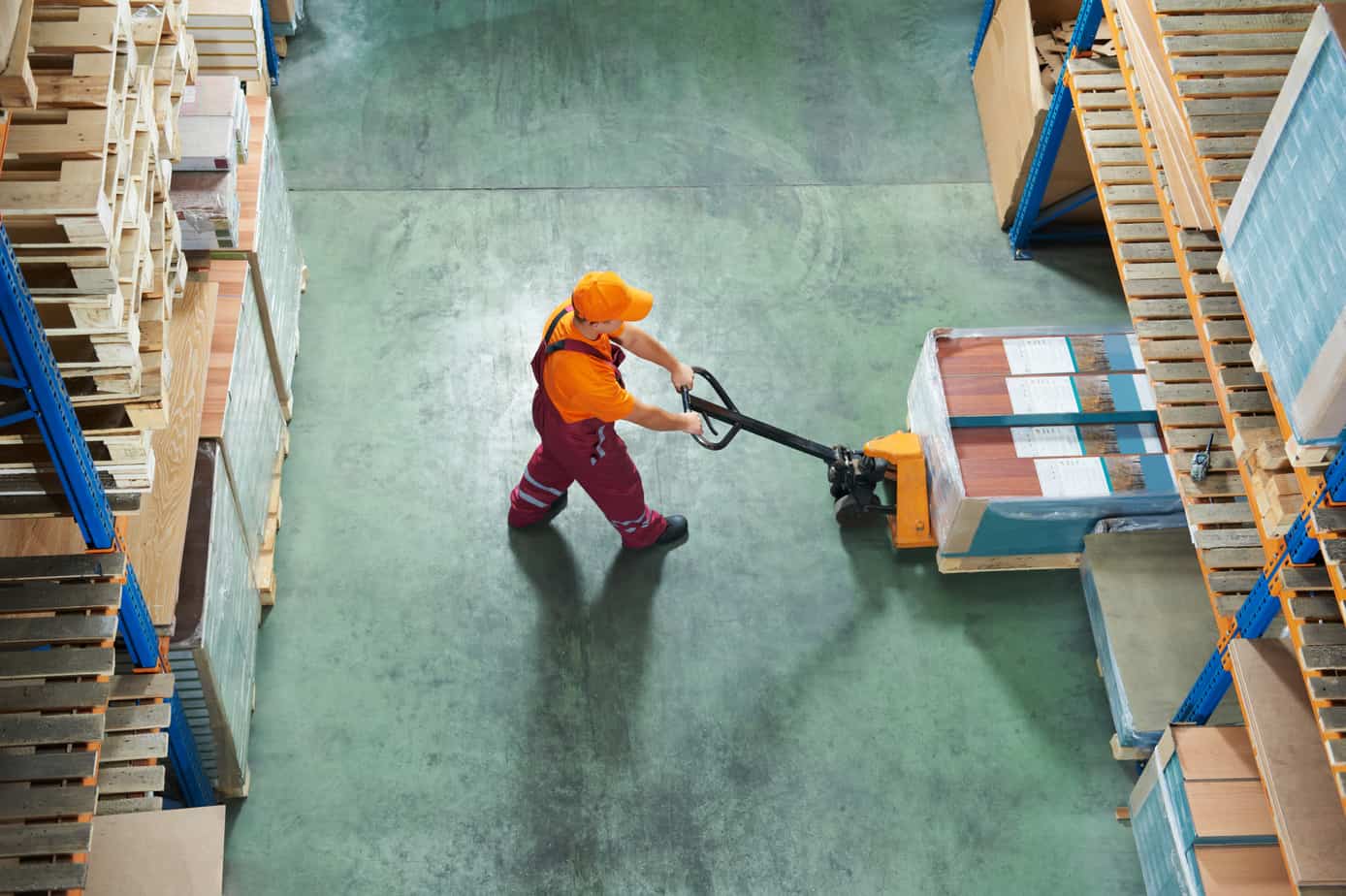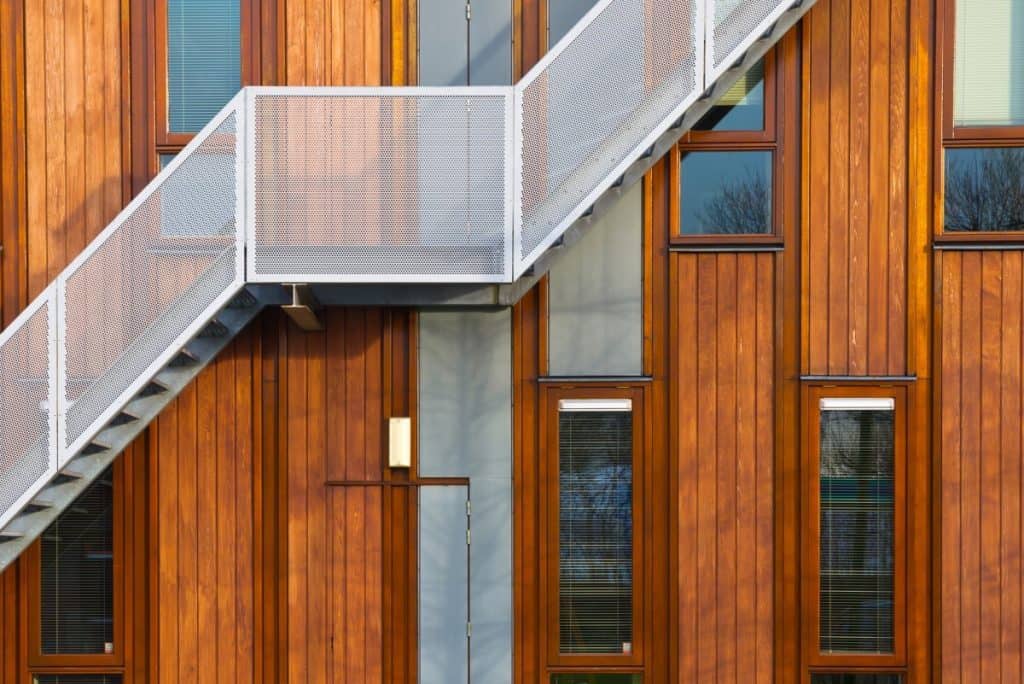
Industry insights
Practical tips on everything building industry-related
Building construction is complex
and questions inevitably arise. That’s why we aim to bring you a fresh perspective – to help you discover and explore what the building industry has to offer.

Answers to those questions
We offer practical, real-life tips for your construction projects. From building design and construction, to project management and building renovation how-tos, we’ve got you covered.

Construction
The latest trends in construction as well as the more practical questions that often arise on projects discussed.

Building Design
The design of buildings is the starting point for the creation of buildings. Here we discuss current ideas.

Building Materials
The building blocks of buildings, building materials are a key component of construction.

Project Management
Construction management is an ever-growing and expanding field that is central to the industry.
Innovation that drives the building industry

Infrastructure
From roads to bridges to industrial construction, we take a look at the impact of infrastructure on our cities.

Technology
We explore some of the latest tech innovations and their potential impact on the construction industry.

Sustainability
In order to build responsibly for the future, buildings must be constructed in ways that protect the environment.
